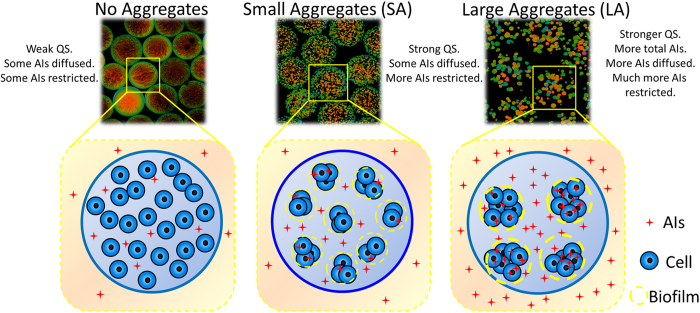Figure 8. A schematic illustration of the mechanism of the influence of spatial distribution on bacterial QS.
In the no-aggregate group, despite a sufficient number of cells, only relatively weak QS phenotype is triggered because the communication distance is relatively large. In the SA group, relatively strong QS phenotype is triggered by the same number of cells. As cell aggregates form, more AIs are restricted in the aggregates, and the cell-cell communication distance is decreased because of the aggregation. In the LA group, much stronger QS occurs. The increased number of cells in the aggregate unit decreases the cell-cell interaction distance and produces a higher AI concentration. The AIs, although diffused out of the microcapsules, can be restricted in the aggregates and can ultimately have a huge impact on QS. Thus, spatial distribution plays a crucial role in bacterial QS.

